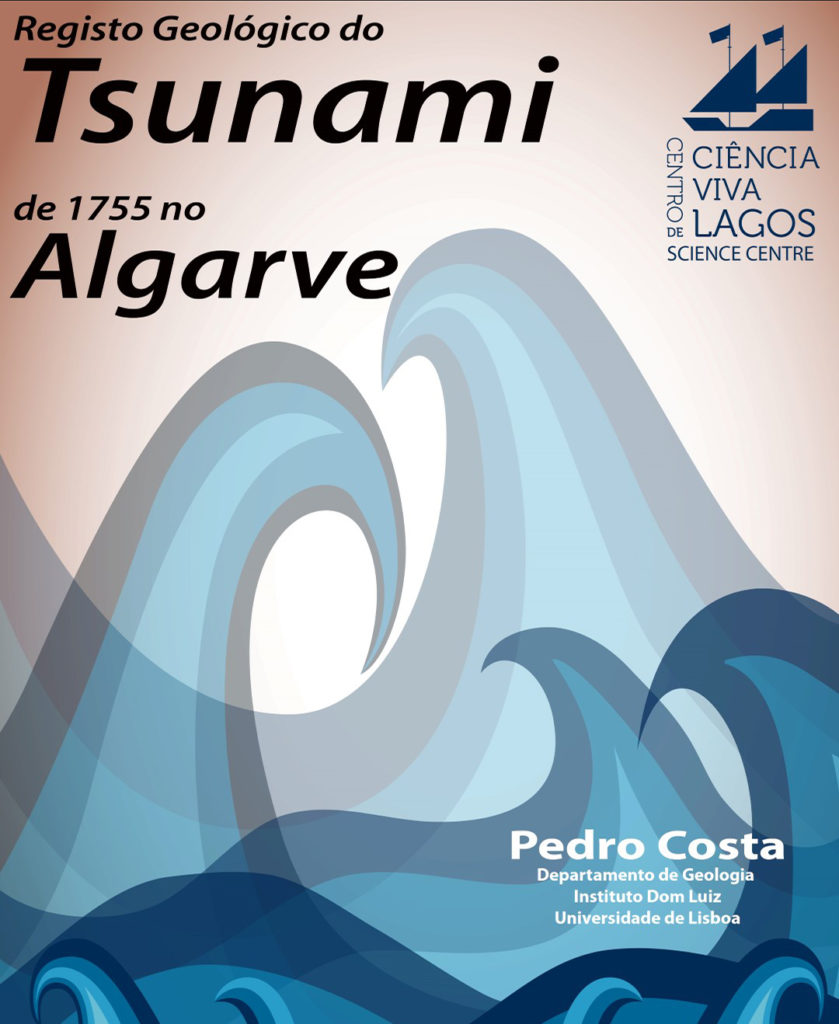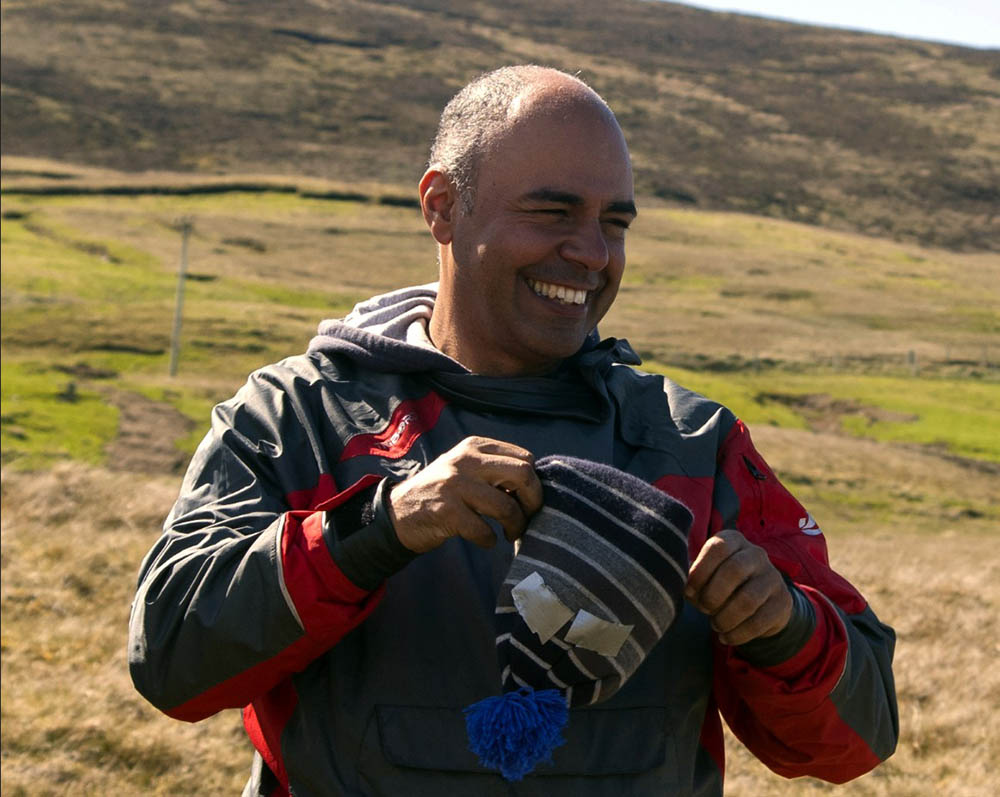 The impact of the 1755 Tsunami in the Algarve is the theme of another lecture of the cycle «6ª Com Ciência», scheduled for November 3rd, at 20:30, at the Centro Ciência Viva de Lagos.
The impact of the 1755 Tsunami in the Algarve is the theme of another lecture of the cycle «6ª Com Ciência», scheduled for November 3rd, at 20:30, at the Centro Ciência Viva de Lagos.
The CCV Lagos invited Pedro Costa, a professor at the University of Lisbon, to speak and present how and to what extent this tsunami has affected the entire Algarve. The lecture is free.
“How far has the wave advanced? What is the destructive effect of this tsunami? How do scientists manage to know the effects of a phenomenon that happened centuries ago?” These are some of the questions Pedro Costa will try to answer.
In fact, the Centro Ciência Viva de Lagos brings this researcher to this city for two lectures in very different contexts. The first, on Thursday, November 2nd, will have as participants the Tertúlia de Lagos and will take place in a restaurant in the city. This collaboration with this group of citizens of Lagos aims, according to the CCV, to «increase the relevance of Science in the society of Lacobrigense», complemented by a lecture the following day, for the general public, in the building of the Centro Ciência Viva de Lagos.
What will you talk about in the lecture?
Geology is essential for the analysis and better understanding of an event such as the tsunami of November 1, 1755, which mainly affected the Portuguese coast and, in particular, the Algarve coast. In situations where instrumental recording is not available, historical and geological data are the only tool to reconstruct the scope and magnitude of past floods.
Using a set of sedimentological techniques and after geomorphological contextualization, the geological record of tsunamis is analyzed to find the evidence left by the tsunamis in coastal stratigraphy.
The geological record of tsunamis has focused on analyzing sandy sediments, deposited in a specific context, and in block deposits, often detected because they are located at “anomalous” elevations or distances to the coastline.
The techniques and criteria used to recognize tsunami deposits are based on a multidisciplinary approach involving geometric, sedimentary provenance, granulometric, geochemical and chronological criteria.
Subsequently, the movement associated with these deposits is correlated with the waves capable of transporting and depositing them, thus reconstituting the characteristics of the forcing waves.
 This presentation will present places where the geological signature of the 1755 tsunami has already been confirmed: Martinhal, Barranco, Furnas, Boca do Rio, Alcantarilha, Salgados, Carcavai and Ria Formosa.
This presentation will present places where the geological signature of the 1755 tsunami has already been confirmed: Martinhal, Barranco, Furnas, Boca do Rio, Alcantarilha, Salgados, Carcavai and Ria Formosa.
Research has enabled better characterization (ie detailed reconstruction) of major tsunamigenic events that occurred during the last ca. 12000 years, in the North Atlantic (eg 1755 and Storegga), in the establishment of run up (quota), flood extension, sedimentary provenance and definition of flood phases.
These results unequivocally contribute to a better definition of coastal risk and to a better understanding of these phenomena and their consequences.
Research on the Atlantic coast of southern Iberia suggests intervals of more than 2000 years as characteristic return intervals of very intense tsunamis, originating from large-scale earthquakes, and capable of affecting the entire coastline of the Gulf of Cadiz and the western Atlantic. from Iberia and Morocco.
Who is Pedro Costa?
Pedro JM Costa and Visiting Assistant Professor and Post-Doctoral Researcher at Instituto Dom Luiz and Department of Geology, Faculty of Sciences, University of Lisbon.
His research is focused on the study of coastal processes using sedimentological and geomorphological tools, combined with numerical and physical modelling, in order to understand the morphological and sedimentary changes caused by natural disasters (eg tsunamis and storms).
This investigation has enabled a better characterization (ie detailed reconstruction) of tsunamigenic events (eg 1755 and Storegga) in establishing run-up, flood extent, provenance, flood phases, etc.


















Comments